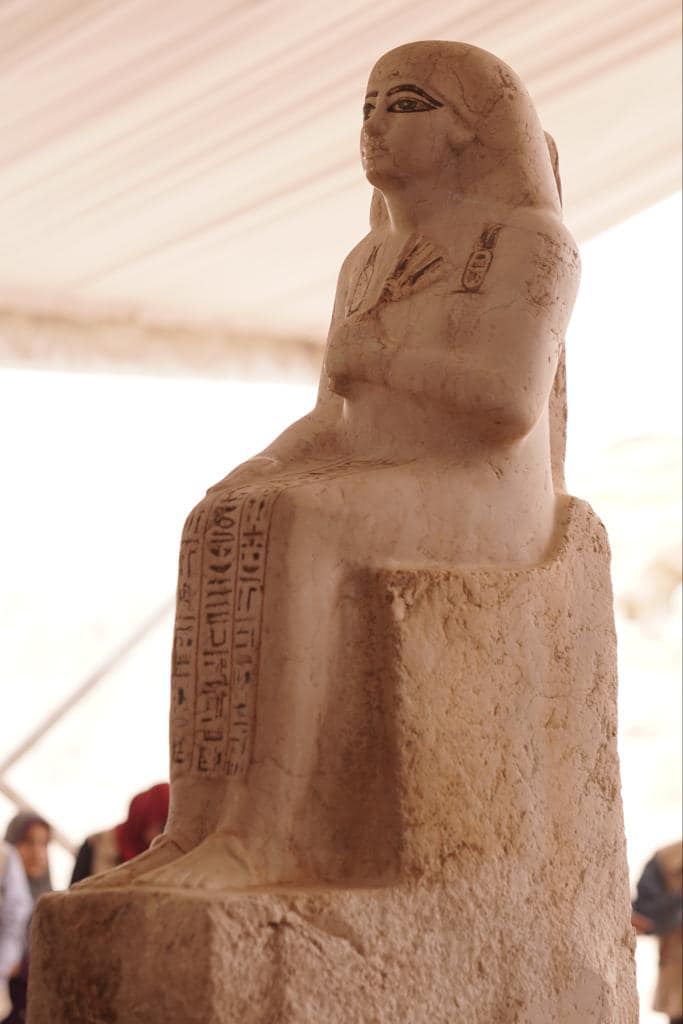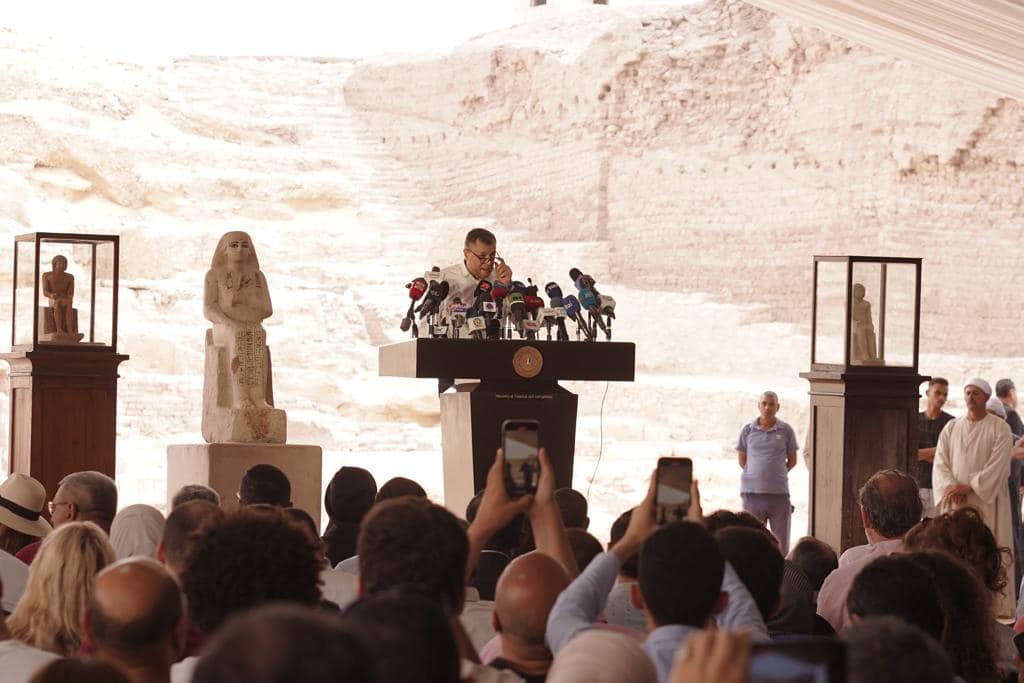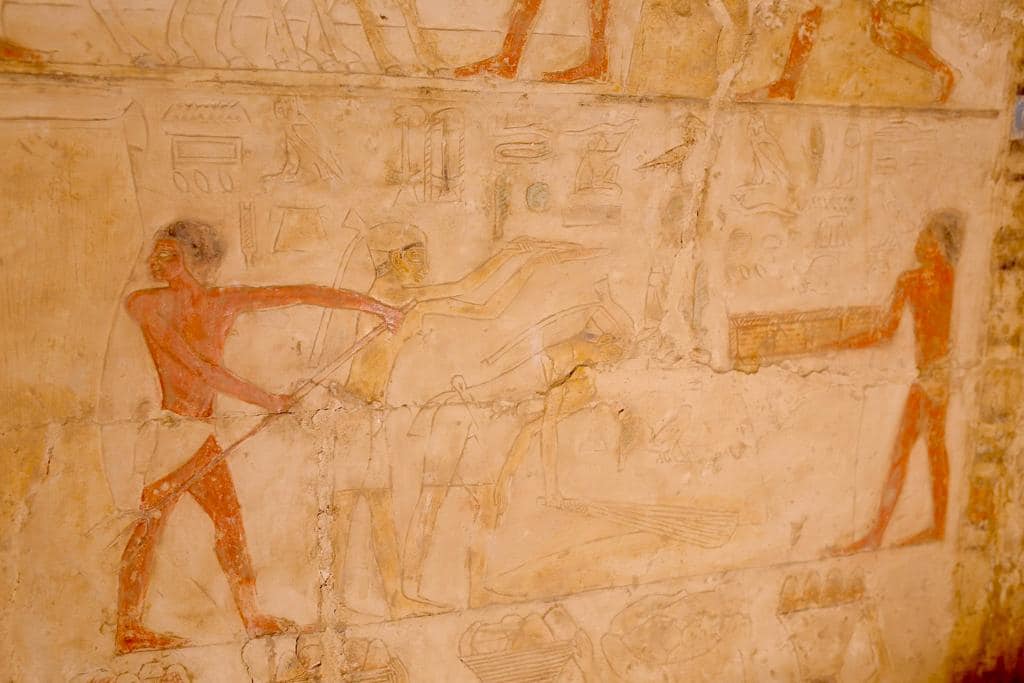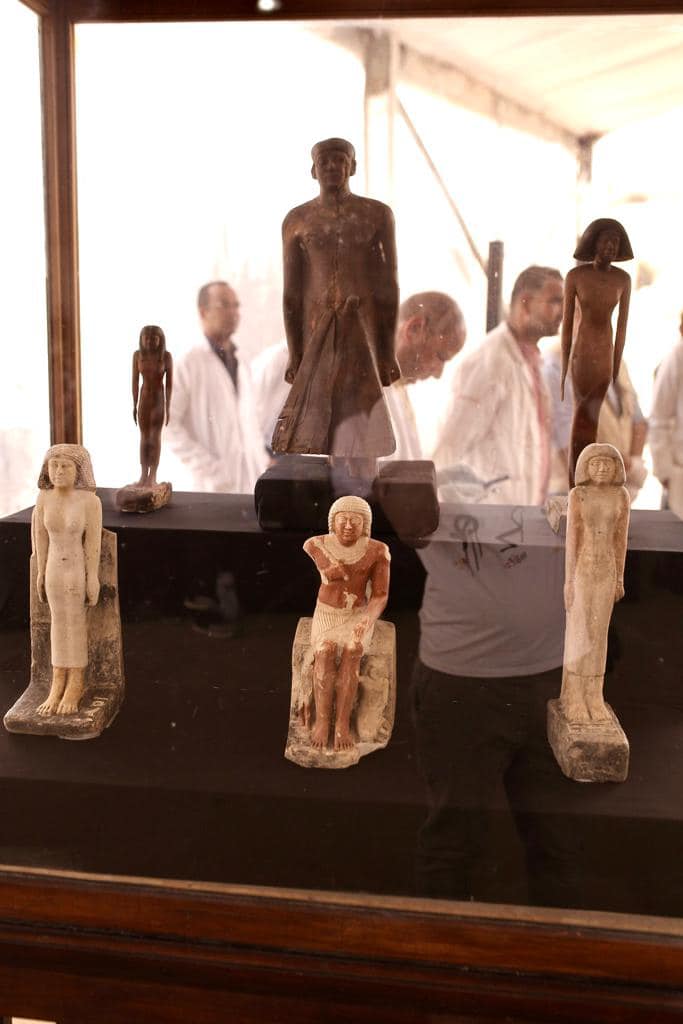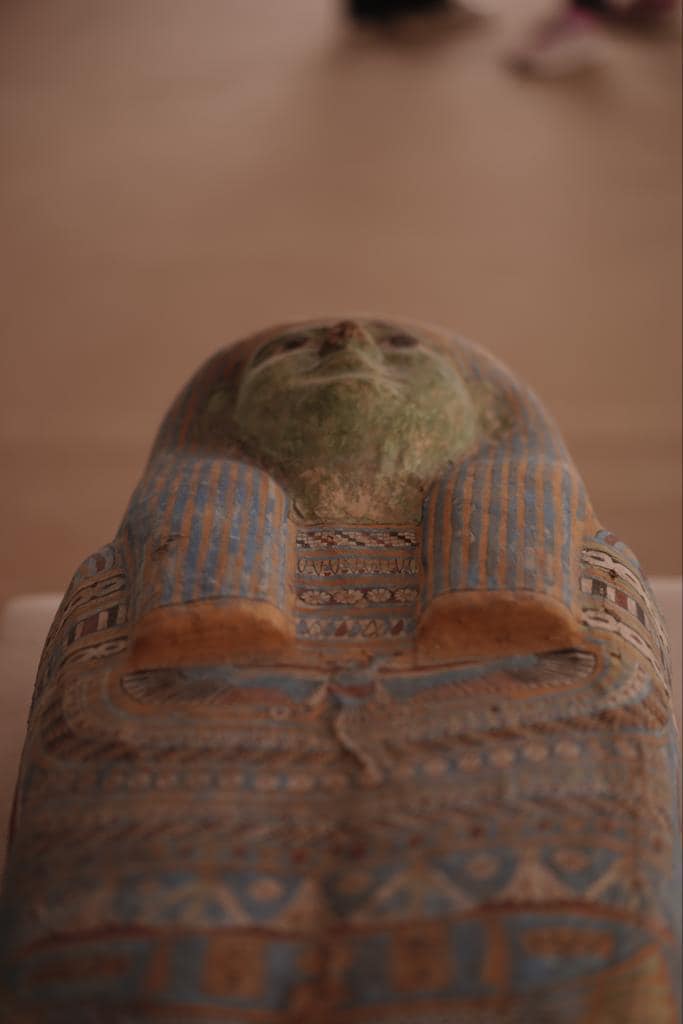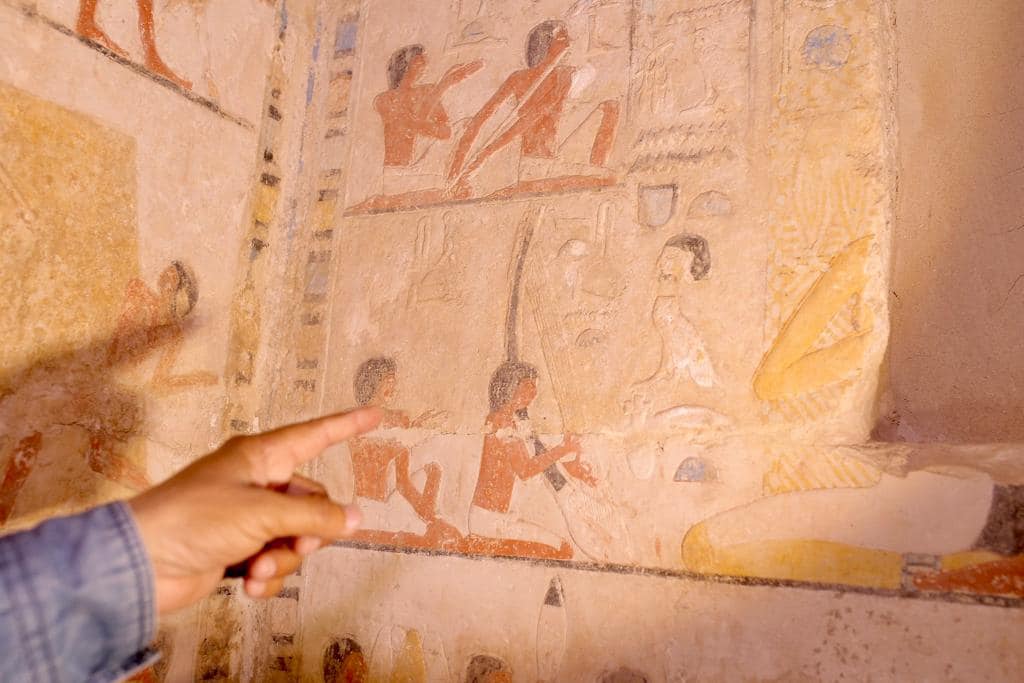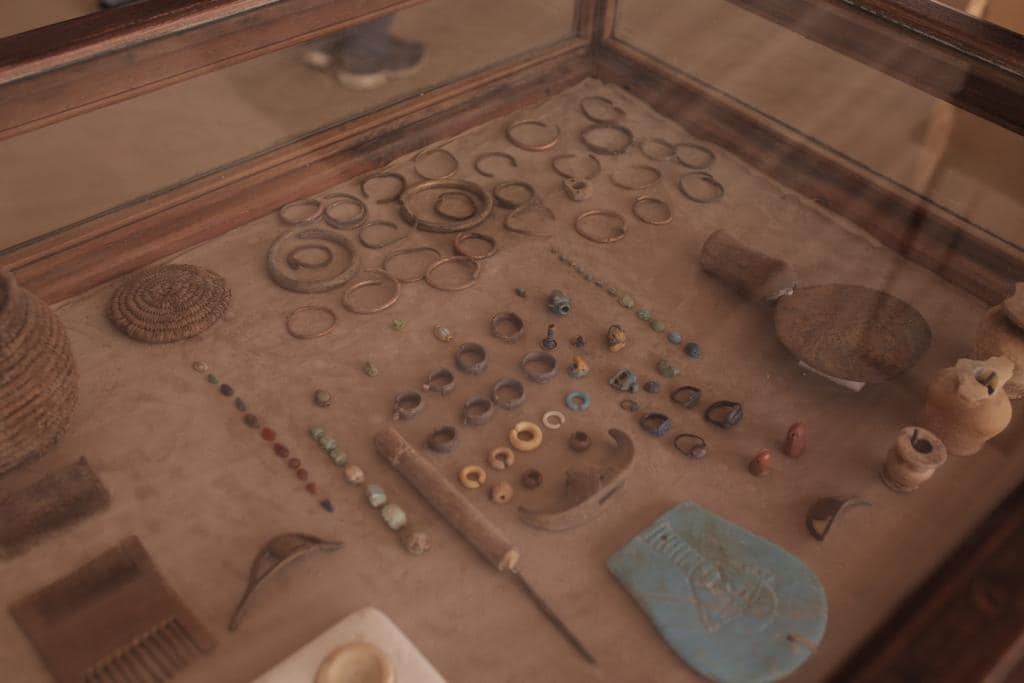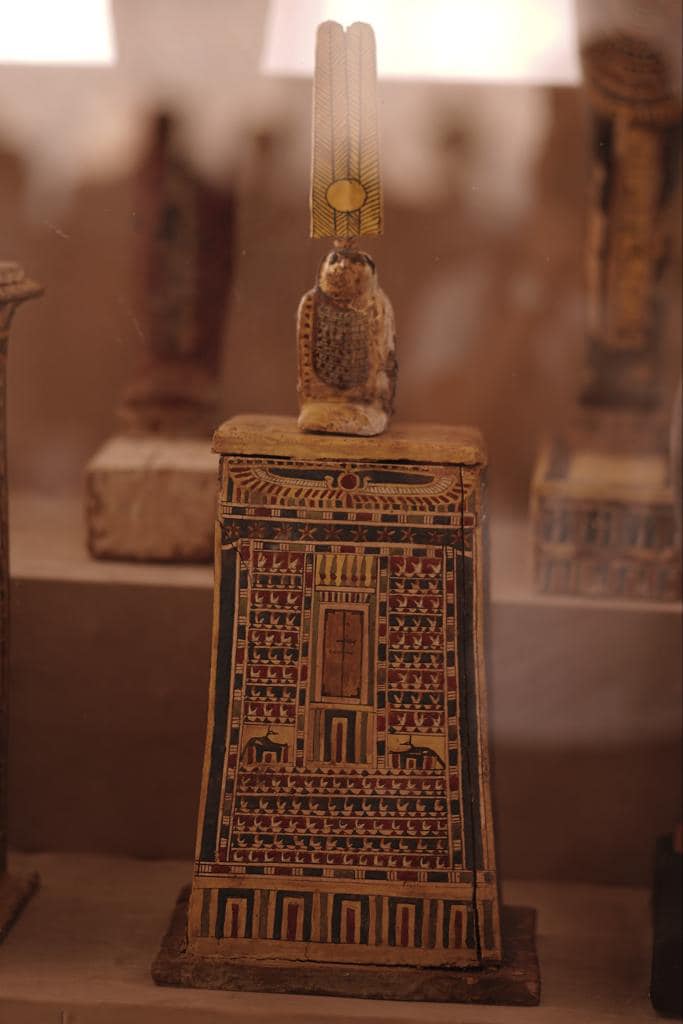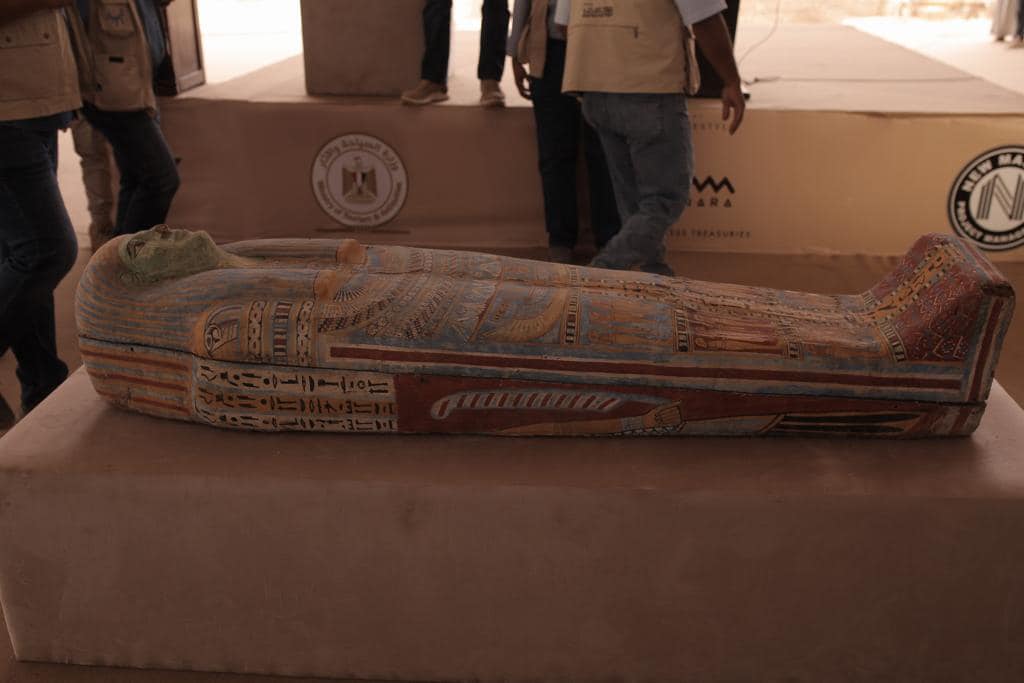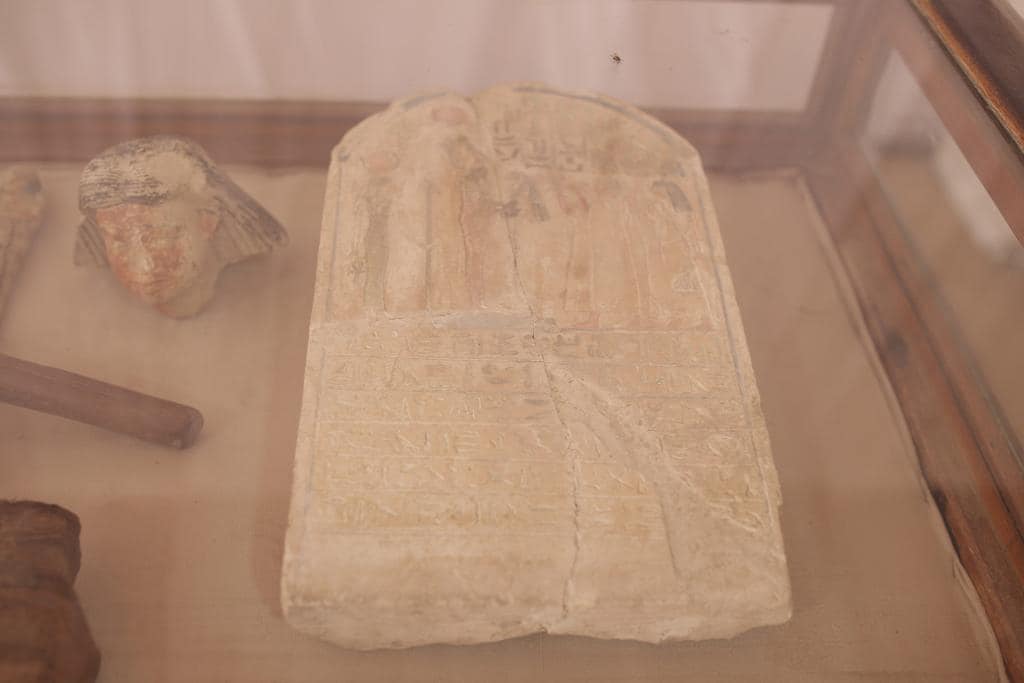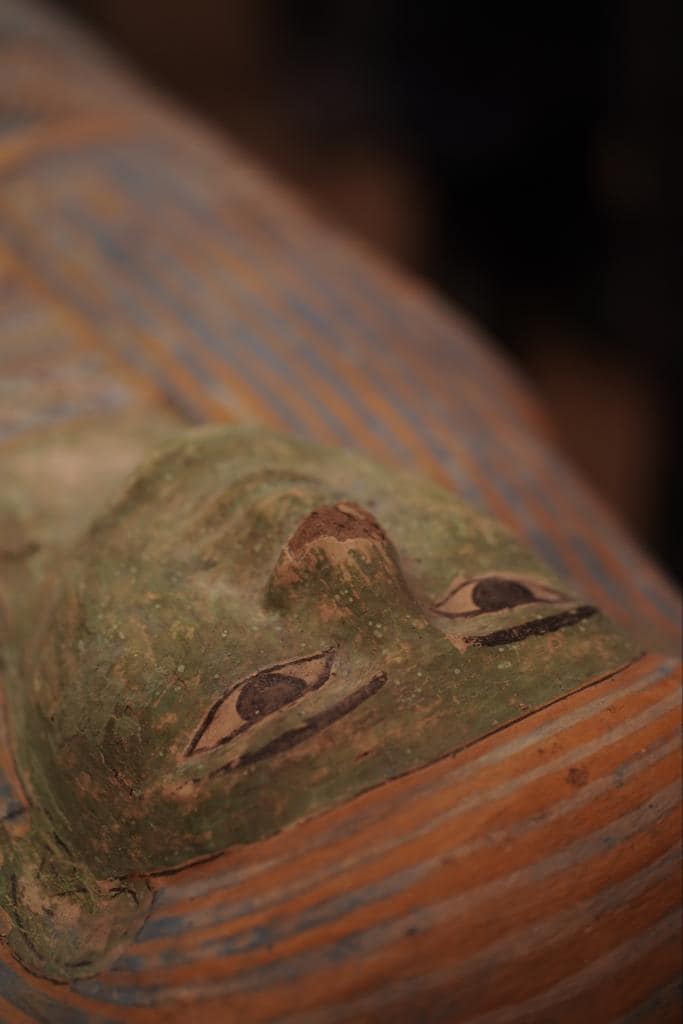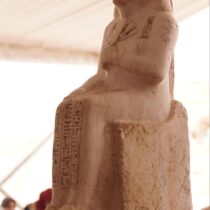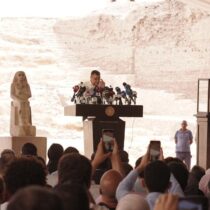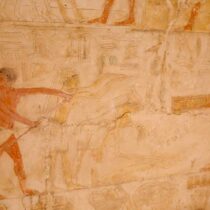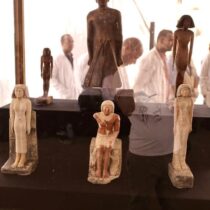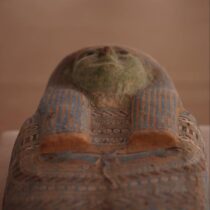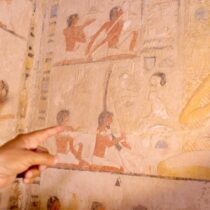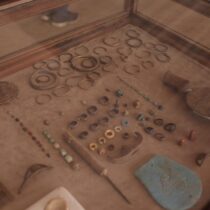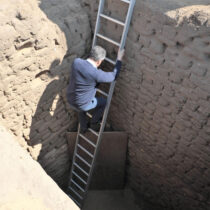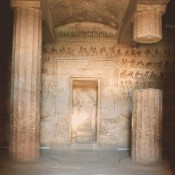Two new mummification workshops, two tombs, and large groups of artifacts were unearthed during the latest excavation season of an Egyptian mission working in Saqqara for the sixth consecutive year. In detail, the Egyptian archaeological mission led by Dr. Mostafa Waziry, Secretary General of the Supreme Council of Antiquities uncovered the biggest and most complete two embalming workshops, used for humans and animals respectively, along with two tombs and a collection of artifacts.
“Saqqara is the land of secrets and great discoveries that have always attracted the whole world, to Egypt and its unique heritage. Today we will unveil one of those secrets and announce the discovery of two large embalming workshops for humans and animals as well as two ancient Egyptian tombs and other artefacts exhibited here on site”, said H.E. Minister of Tourism and Antiquities Ahmed Issa, during the conference for the finds’ official presentation, also expressing his appreciation to the members of the excavation mission and Dr. Mostafa Waziry, as well as all the employees of the Supreme Council of Antiquities for the efforts they always exert to make important discoveries and to preserve Egypt’s heritage.
Following the Minister’s talk, Dr. Mostafa Waziry explained that the two embalming workshops date back to the 30th Dynasty and the Ptolemaic periods while the two tombs are from the Old and New Kingdoms respectively.
The first one of the new mummification workshops was used for the embalming of humans. It has a rectangular shape and was divided into several rooms equipped with stony beds where the deceased lay down for embalming. Each bed is two m. long and 50 cm. wide. The beds are covered with plaster and end with gutters. Inside each room, the mission unearthed a collection of clay pots among which those used in mummification as well as a collection of mummification instruments and ritual vessels.
The second embalming workshop was used for sacred animals. It also had a rectangular shape, and it was made of mud with stony floors. It consists of a group of rooms inside which found a collection of clay pots and burials for animals along with bronze tools used in the mummification process. The workshop has five beds made of stone, which were different than those found inside the humans’ embalming workshop.
As for the tombs, Sabri Farag, general director of the archaeological site of Saqqara said that the first of them belongs to a top official of the 5th Dynasty named “Nehesutpa” who was the head of scribes and the priest of Horus and Maat around 2400 BCE. Mohamed Youssef, director of the Saqqara site pointed out that the Old Kingdom tomb consists of a mastaba with a stone painted façade, bearing the names of the deceased and his wife. Above it, there is a lintel bearing hieroglyphic text mentioning the titles of the deceased and his wife as well as a painting of the offering holders. Daily life, cultivating, and hunting scenes are also shown inside the tomb.
The second tomb, dating to the New Kingdom’s 18th Dynasty, belonged to a man called Menkheper, who was a priest of Kadesh, a goddess of Syrian origin who was also worshipped in Egypt. The tomb was carved in the rock with a door and lintel decorated with the names of the deceased and his wife. The tomb is decorated with scenes showing the deceased in different positions before offering tables. Inside a niche of the tomb, archaeologists found a one-meter-high statue of the tomb owner. Here, Menkheper is shown wearing a long dress and a wig, and holding a lotus flower in one hand. The statue is decorated with hieroglyphic text written in blue. Of the cartouches engraved in his chest, one clearly represents the praenomen of Thutmose IV, allowing for dating the statue to around 1400 BCE.
The mission also unearthed a collection of other finds. Among them, there was a 5th Dynasty wooden statue for a man named Nesu Henu and his wife, an anthropoid-painted coffin from the 3rd Intermediate period, and a group of ushabti figurines.
